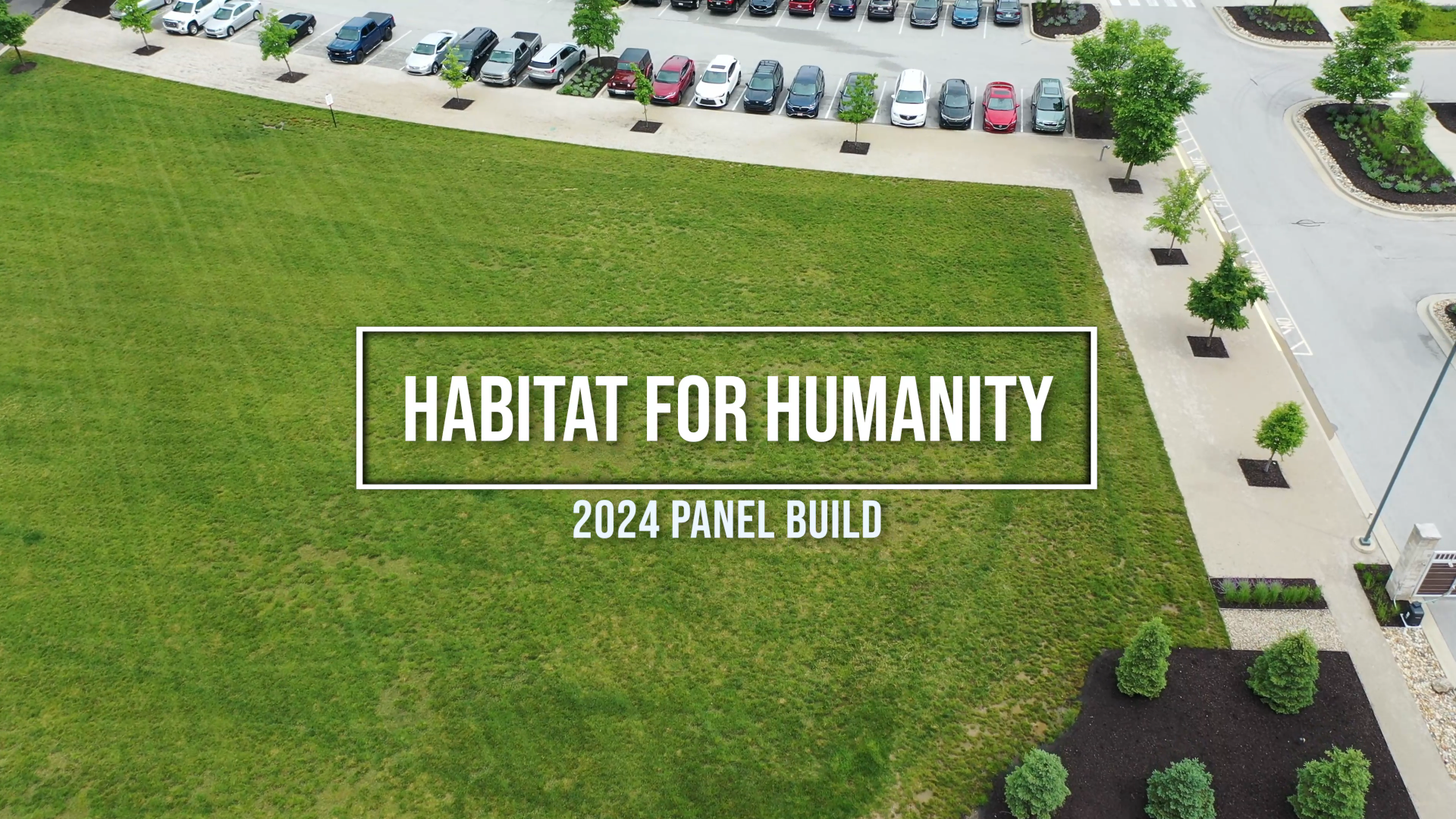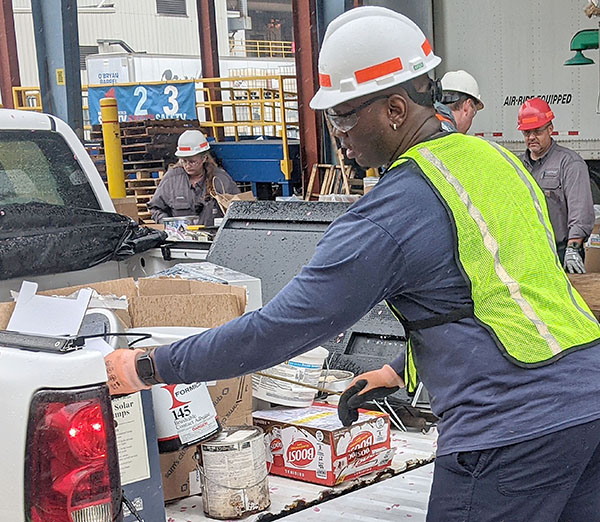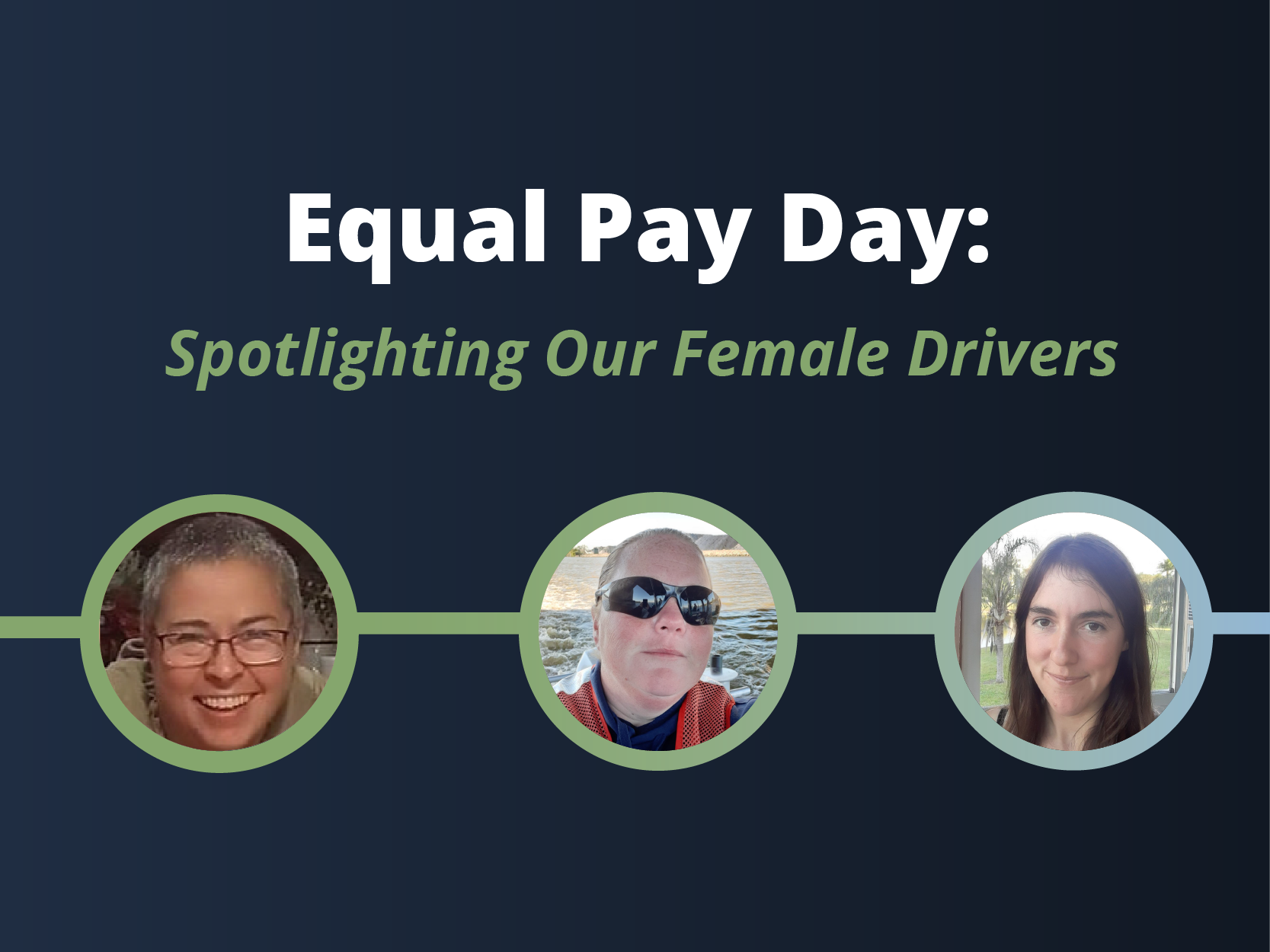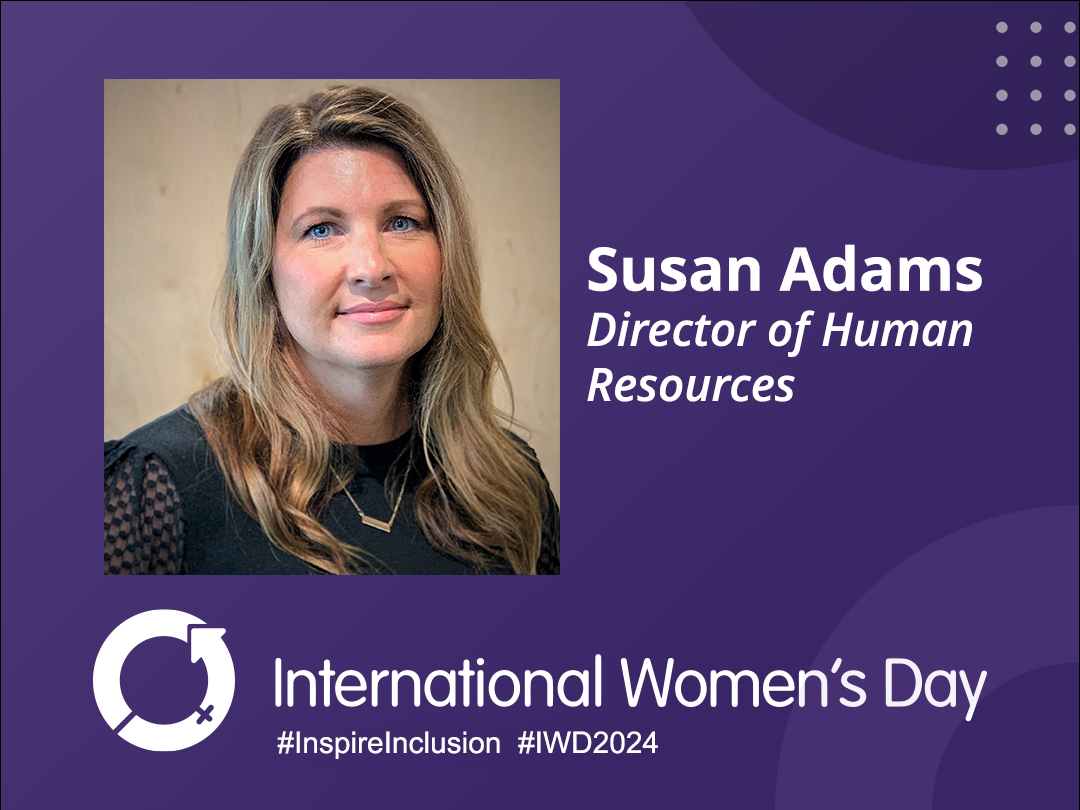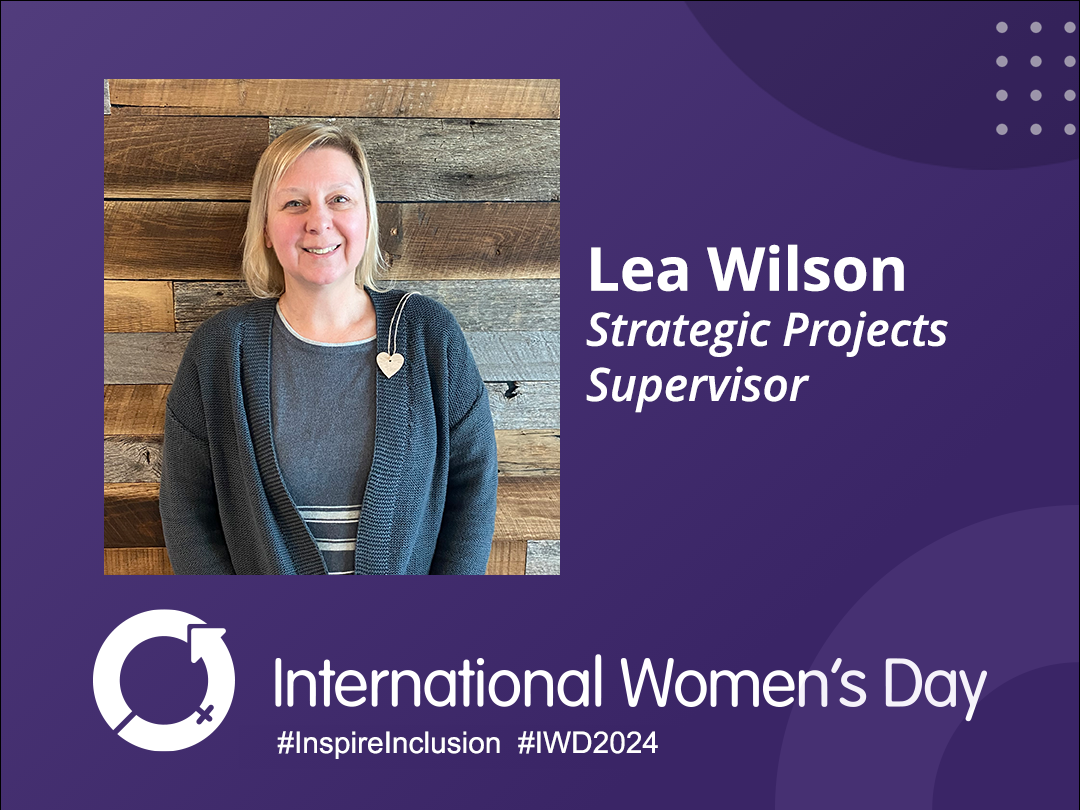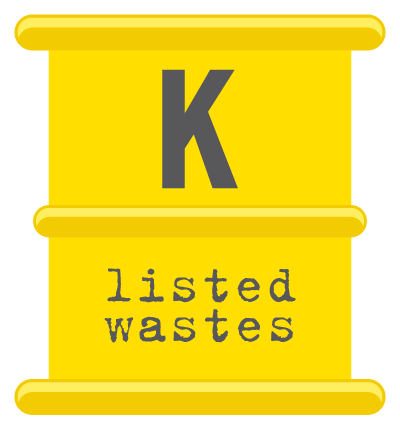
K listed wastes differ from P listed wastes in that K list wastes come from specific sources. They are similar because they both are manufacturing process wastes. So, K listed wastes come from specific sectors of industry and manufacturing. K listed wastes contain chemicals which have been used for their intended purpose.
In order to determine whether or not a waste qualifies as a K listed waste you must answer two questions. The first is whether the facility that created the waste is within one of the industrial or manufacturing categories on the K list? The second, does the waste match one of the specific K list waste descriptions? There are 13 industries that can generate K listed wastes but it is important to remember that not all wastes produced by these industries are hazardous. It is only those which meet the described details in the K list descriptions that qualify. The 13 industries are:
- Wood preservation
- Inorganic pigment manufacturing
- Organic chemicals manufacturing
- Inorganic chemicals manufacturing
- Pesticides manufacturing
- Explosives manufacturing
- Petroleum refining
- Iron and steel production
- Primary aluminum production
- Secondary lead processing
- Veterinary pharmaceuticals manufacturing
- Ink formulation
- Coking (processing of coal to produce coke, a material used in iron and steel production)
According to the EPA, “in general, the K listings target much more specific wastestreams than the F listings. For example, EPA added a number of listings to the petroleum refining category of the K list. EPA estimates that one hundred facilities nationwide produce wastestreams covered by these new K listings. In contrast, F-listed spent solvent wastes are commonly generated in thousands of different plants and facilities. You may also notice that industries generating K-listed wastes, such as the wood preserving and petroleum refining industries can also generate F-listed wastes.
Typically, K listings describe more specific wastestreams than F listings applicable to the same industry. For example, K051 and K048 designate as hazardous two very specific types of petroleum refinery wastewater treatment residues: wastewater treatment sludges created in API separators and wastewater treatment float created using dissolved air flotation (DAF) pollution control devices. The F037 and F038 listings complement these two K listings by designating as hazardous all other types of petroleum refinery wastewater treatment sludges and floats. These petroleum refinery listings illustrate that the K listings are typically more specific than the F listings. They also illustrate that the two lists are in many ways very similar.”
All information for this blog post was gathered from the EPA document, “Introduction to Hazardous Waste Identification.” As always, this blog post is not intended to be comprehensive and it is always best to check with the EPA and local government for full, up-to-date, rules and regulations.
More News From Heritage
-
6/27/24
Heritage Environmental Services to Acquire EBV from General Dynamics
Heritage Environmental Servicess, an EQT Infrastructure portfolio company, will acquire EBV from General Dynamics
-
6/13/24
Meet The Facilities – East Liverpool
An inside look at our incineration facility located in East Liverpool, OH
-
5/24/24
Habitat for Humanity 2024
Heritage hosted our 14th annual Habitat for Humanity build this month, partnering with over 50 employees from various THG companies.
-
5/6/24
Date set for the household hazardous waste collection in East Liverpool, Ohio
-
3/12/24
Equal Pay Day – Spotlighting Our Female Drivers
-
3/8/24
International Women’s Week Spotlight – Shannon Dippel
For International Women's Week, we're spotlighting some of the incredible women in the Heritage family. Our final spotlight is Shannon Dippel.
-
3/8/24
International Women’s Week Spotlight – Susan Adams
For International Women's Week, we're spotlighting some of the incredible women in the Heritage family. Our sixth spotlight is Susan Adams.
-
3/7/24
International Women’s Week Spotlight – Lea Wilson
For International Women's Week, we're spotlighting some of the incredible women in the Heritage family. Our fifth spotlight is Lea Wilson


